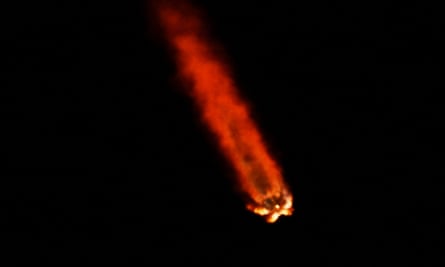[ad_1]
by Tawseef Bashir Mir
SRINAGAR: Students of Government Women’s Degree College, Sopore are facing an acute shortage of teachers, a crisis which has brought their academic progress to a standstill.

Out of the required 33 positions that the college requires, only 11 permanent faculty members are present. The college has not renewed contracts for or hired new contractual lecturers to make up for the staffing needs.
The College’s Arts faculty has less than one-fourth of the required teaching staff.
Despite several years of pleas from students and college administration alike, the issue is long impending.
The students had also staged a protest in the college premises on Monday last complaining about understaffing, mostly in the arts faculty of the college. The students took to social media to state their concerns regarding their studies having to suffer due to a lack of faculty.
“The matter has been taken up with the Director of Colleges and the Principal Secretary as well,” Principal GWDC, Sopore, Bashir Ahmad Parray said, confirming the lack of adequate staff. They have verbally assured swift action in the matter. We are awaiting further progress.”
However, the students from the college alleged oversight of their concerns from the administration. “We have not studied even a single word since February 15 due to a lack of staff. Our careers are getting ruined,” a student from BA History, second semester said. “Certain departments are being handled by single personnel. The arts faculty is the one which is suffering the most due to this shortage of teachers.”
“The college has only one English teacher who teaches both the faculties (Arts and Science) throughout all semesters. There is no teacher for history, economics, political science, and such major subjects. We used to have contractual lecturers but the administration hasn’t even hired them for the current session,” the student added.
“We talked to our Principal but he said there wasn’t much he could do about the matter as it is out of his hands to hire the staff. He is trying though,” another student, enrolled in BSc second semester, said. “We wanted to use social media to voice our concerns but nothing came out of it as well.”
Director of Colleges, Yasmeen Ashai also admitted the problem. “An advertisement has been issued regarding the hiring of contractual staff. We have sent a number of contractual teachers to the said college to teach minor subjects and the application evaluation process for the posts of major subjects is underway,” Ms Ashai said. “Due to the applications being in bulk, the hiring process is taking time but the process is already underway.”
However, students insist that no teaching faculty has been hired for the current session. “As per our knowledge, the last permanent teacher hired was way back in 2016. Contractual staff is a come-and-go trend but even they haven’t been hired for the current session,” a group of students said.
Besides, the students also voiced their concerns regarding transport and college infrastructural issues. “Our College is situated at an off-road location. We have to travel from far-flung areas and then walk long distances from the bus stand to reach the college,” one student said. “The two buses provided by the government aren’t functional. There are no drivers.”
The college buildings and other infrastructure are in a near-dilapidated state, the students alleged. “We have repeatedly taken up this matter with the principal but to no regard. Maybe the issue lies in this being a college for women,” one student commented.
DC Baramulla Dr Syed Sehrish Asgar had taken note of the matter regarding the college being understaffed and in a notice, directed the Principal Government Women’s Degree College Sopore to resolve the matter immediately. She had also ordered the principal to communicate the progress to her office. It was not immediately known if the college management has responded to the order or sought her help in addressing the issues.
Established in 2005, the college operated from the premises of Government Boys Degree College, Sopore till 2010, when it got its own building. Currently, it has around 1100 students on its rolls.
(Tawseef Bashir Mir is an intern.)
[ad_2]
#Teachers #Classwork #Crisis #Peripheral #College #Explained
( With inputs from : kashmirlife.net )






